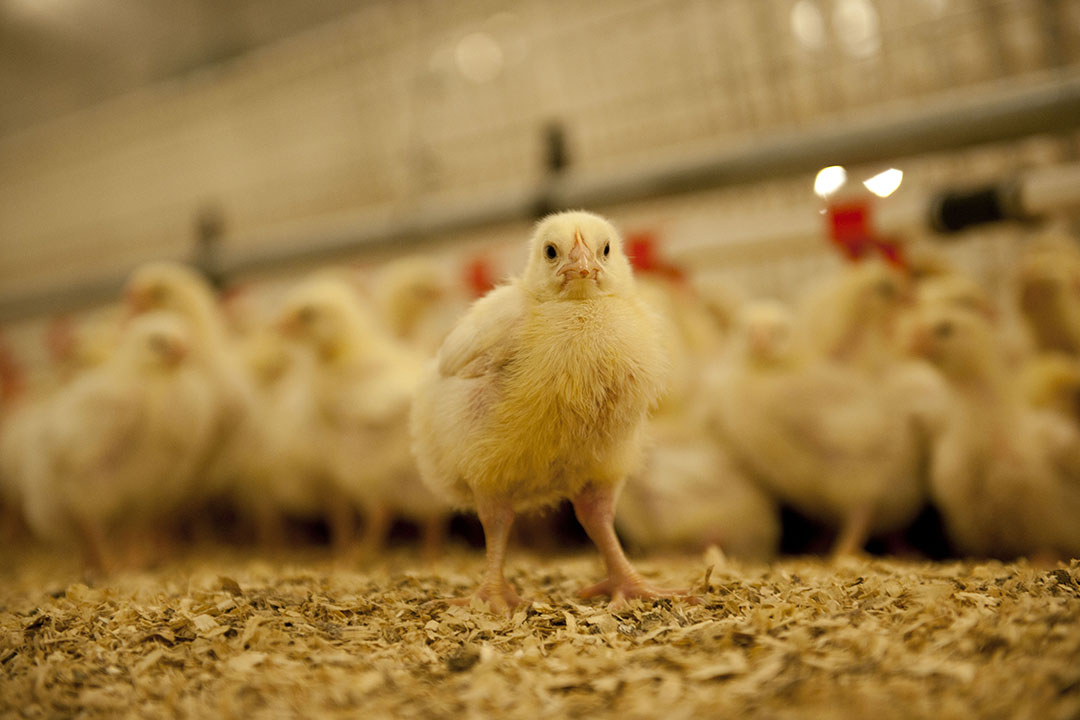Organic acids: Knowing the difference

With symptoms that can vary from decreased weight gain to mortality, coccidiosis is one of the most financially damaging diseases in poultry production. Learn more how organic acids can help in reducing the losses.
A report released earlier this year said that the global eubiotics market accounted for US$ 4.90 billion in 2017. Depending on the research, this market is expected to grow to between US$ 8-$ 11 billion over the next 7 years. This portfolio of products includes prebiotics, probiotics, organic acids and essential oils, which are all tools used to keep animals healthy either by bolstering an animal’s own immune system or by inhibiting pathogens. With societal outcry against the use of antibiotics in agriculture and environmental concerns about ‘super bugs’ the projected growth isn’t surprising to anyone in the animal agriculture industry. In the European Union, the use of antibiotics for growth promotion was banned in 2006. As of January 2017, medically important antibiotics were no longer permitted by the US Food and Drug Administration. With these increasingly stringent regulations on antibiotics and antibiotic growth promoters, producers are actively trying different ways to keep their animals healthy.
The costs of coccidiosis
With symptoms that can vary from decreased weight gain to mortality, coccidiosis is one of the most financially damaging diseases in poultry production. Caused by seven different species of Eimeria, the lifecycle of coccidiosis-causing parasites is short and direct, taking only four to six days from ingestion to invasion and excretion. The rapid delivery and potential for extensive duplication in the intracellular phase coupled with damaging production outputs makes this disease a notable cause for concern. Eimeria are ubiquitous in modern poultry production making eradication impractical. Instead, producers work to manage coccidiosis through feed, management hygiene and medications, but regulations are making that job more complex.
The power of organic acids
Like the antibiotics that a rising faction throughout the world want to see eliminated from meat production, organic acids also have antimicrobial activity. However, they act on microbes by different mechanisms of action than antibiotics. The acids in undissociated form are able to break through the bacterial cell wall and disrupt the actions of certain types of bacteria including Salmonella spp, Clostridia spp, Listeria spp., E. coli and some other coliforms. There are a variety of organic acids that protein producers can use to ward off pathogens and keep animals healthy: formic, fumaric, lactic, propionic, benzoic, butyric, sorbic, citric, malic, etc. Each acid has its own unique antimicrobial properties that differ, not only in the bacteria they target but also in their sensitivity to pH. Therefore, the efficacy of these acids is both type and form dependent. It is important that producers know the organic acid that will work best for their situation and scenario.
Tested against Eimeria challenge
A recent research trial examined the effect of organic acids on growth performance and gut health of male broilers subject to Eimeria challenge as affected by protection technology. Specifically, the trial tested negative control, free benzoic acid, benzoic acid protected by being embedded in fat*, tributyrin, encapsulated calcium butyrate, and free sodium butyrate. The birds were fed a corn and soybean meal-based nutritionally complete diet that included rye (10%), canola meal (7.5%) and poultry byproduct meal (3%) to provide some mild dietary challenges. The diets were offered in crumble form. All birds were orally gavaged with a coccidiosis vaccine containing of E. acervulina, E. tenella, and E. maxima at 10x the recommended dose on day 14. The vaccine dose was chosen based on previous trials that saw mild growth inhibition without mortality. Growth performance was determined on days seven, 14 and 19. By day 14, all acid treatments except encapsulated calcium butyrate had better feed conversion ratio (FCR) than the negative control. At day 19, five days after Eimeria challenge, only 3 of the dietary treatments – protected benzoic acid, tributyrin and free sodium butyrate – showed improved FCR (P ≤ 0.05) (Figure 1).
NC=negative control, BZA.P=benzoic acid protected, BZA.F=benzoic acid free, BTE.F=tributyrin, BTCa.P=calcium butyrate protected, BTNa.F=sodium butyrate free.
Protected benzoic acid
In battling bacteria, protected benzoic acid and free sodium butyrate both tended to reduce cecal E. coli. Results showed that protected benzoic acid, free benzoic acid and tributyrin tended to lower cecal Clostridium perfringens (P ≤ 0.10). But only protected benzoic acid improved jejunal crypt depth to villus ratio suggesting better gut maintenance and growth efficiency (P ≤ 0.05). Ultimately, the research found that protected benzoic acid was effective in improving growth performance, modifying gut microbiota, and improving gut morphometry of young broilers. Its efficacy was similar to tributyrin, but better than free benzoic acid and encapsulated calcium butyrate in improving morphometry and FCR during the Eimeria challenge phase. This finding was encouraging as butyrate acid is viewed by many in the industry as a kind of ‘super’ acid with much research showing positive results. But, as seen here, protected benzoic acid was as effective under the conditions of this research trail.
*AVIMATRIX® (Novus International, Inc.)
References available upon request.











